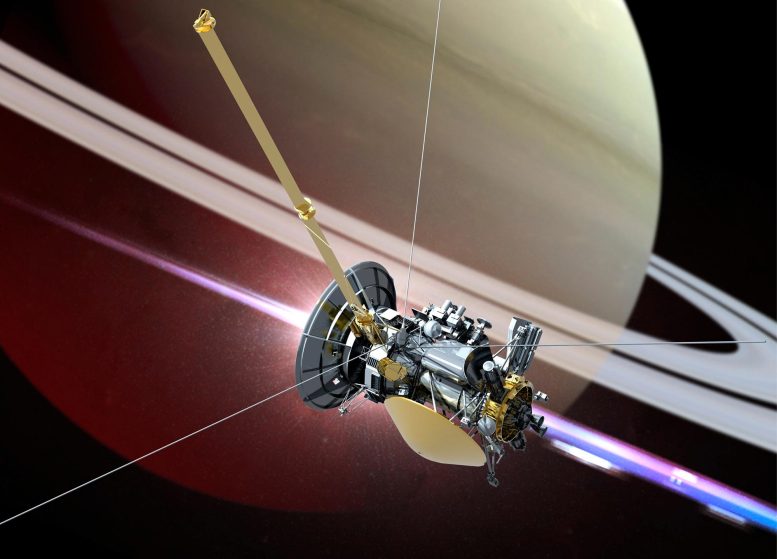
NASA’s Cassini was a robotic spacecraft that was sent to study the planet Saturn, its rings, and its moons. It was a joint project between NASA, the European Space Agency (ESA), and the Italian Space Agency (ASI), and was launched on October 15, 1997.
In 1997 an ambitious international mission, led by NASA’S Jet Propulsion Laboratory, launches to Saturn. The goal is to place a spacecraft around the planet and land the European Space Agency’s probe on a moon in the outer solar system, something never before attempted. But this is a mission that had to fight its way to the launch pad. A tight budget, threats of cancellation, and friction between what scientists want and what engineers can do are just some of the obstacles that have to be worked out by an international team of scientists and engineers from 27 nations.
Time and again the project is forced to compromise, including even the flight path to Saturn. It requires first flying in towards the Sun to Venus. Twice. Finally, after a journey of seven long years, the fate of the mission depends on what happens in just three hours. Will Cassini’s rarely-used main engine light up and slow down the spacecraft enough to be captured by Saturn’s gravity? Or will the spacecraft be destroyed as it flies through a gap in Saturn’s rings? Find out in Part One of Triumph at Saturn.
Chronicling the story of NASA’s Cassini mission, this is the latest in a series of documentaries, “JPL and the Space Age.” These films use rare archival footage and interviews with pioneering engineers and scientists from the Jet Propulsion Laboratory in retelling the stories of many of humanity’s first steps into the cosmos. Credit: NASA’s Jet Propulsion Laboratory
JPL and the Space Age Video Series
- Episode 1: The American Rocketeer
- Episode 2: Explorer 1
- Episode 3: Destination Moon
- Episode 4: The Changing Face of Mars
- Episode 5: The Stuff of Dreams
- Episode 6: The Footsteps of Voyager
- Episode 7: To the Rescue
- Episode 8: The Pathfinders
- Episode 9: The Breaking Point
- Episode 10: Saving Galileo
- Episode 11: Mission to Mars
- Episode 12: Landing on Mars
- Episode 13: Triumph at Saturn – Part I
- Episode 14: Triumph at Saturn – Part II


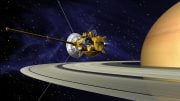
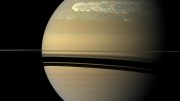
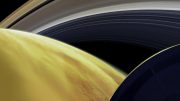
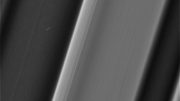
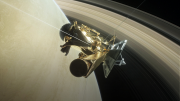

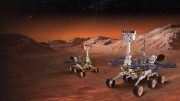
Be the first to comment on "JPL and the Space Age: Triumph at Saturn – Part I (NASA Documentary)"